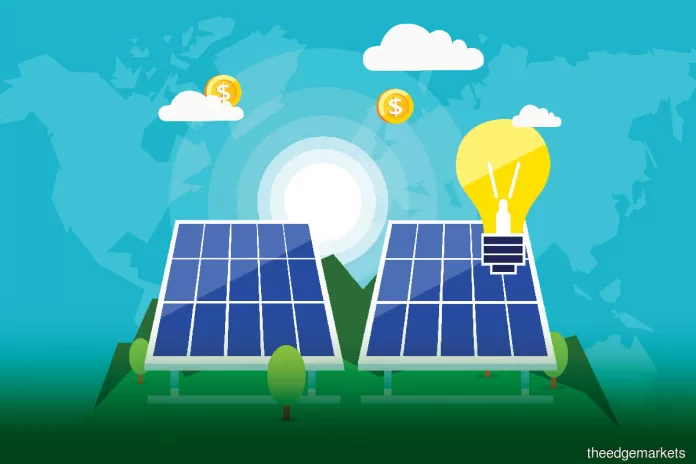But this can be a good thing if the government uses it as a chance to speed up the use of technological solutions like solar power, electric motorcycles, and batteries made from lithium. These solutions can permanently get rid of the need for subsidies and offer a number of benefits, such as easing the burden on the middle class, lowering the cost of importing oil, making the environment cleaner, and setting up local manufacturing for both domestic use and exports.
One way to cut your electricity costs by a lot is to rent a small piece of a big solar farm. For cheaper electricity, it’s also important to think about expanding rooftop solar and community solar subscriptions, which is a new idea for large-scale solar farms.
Pakistan has had a lot of success with rooftop solar installations over the past few years. By the end of 2021-22, more than 20,000 net metering licences will have been issued, adding 450MW to the system. Solar installation is one of the best investments, with a payback of less than four years. It’s also a great way to protect against inflation and rising prices, since solar panel prices have dropped by a factor of 10 in the last 10 years. Advanced Lithium Ferrous Phosphate (LFP) batteries, which can last for 15 years or more, are also becoming more affordable for use during peak hours, even though peak rates are about to go up.
Even though rooftop solar has been successful, there is still a lot of room for growth. There are 610,000 homes in Pakistan that use 700 units or more, and an average of 16.8 million homes use between 300 and 700 units per month. If the current net metering and export rate incentives are kept in place, the country can easily install at least 10,000MW of solar panels on the roofs of just 5% of these homes over the next five years.
Rooftop installations can be sped up for homes that use 500–700 units per month by offering incentives like bringing back low-cost loans, getting rid of the current limits on net metering, and getting rid of the 17 percent general sales tax on solar equipment for installations of 10KW or less. But rooftop solar isn’t a good choice for lower-income households (using 300–500 units per month) because the cost per kilowatt is higher for a smaller system, money is tight, there isn’t enough roof space, and they rent or live in apartments.
This is where community solar comes in as a useful and less expensive option for these homes and businesses. In the community solar subscription model, people buy or rent a small piece of a large solar farm that is run by the utility or a private developer. For example, if a 100 MW solar farm is near an industrial zone, multiple industrial facilities can buy 20% (20MW) of this farm’s capacity as an equity investment. The remaining 80% (80MW) can be subscribed (rented) by 80,000 low-usage household (300-500 units) customers with a limit of 1KW for each.
Because of economies of scale, the cost per kilowatt of these solar farms is 15-20% less than that of a rooftop system. This makes buying or renting them cheaper. Also, since the industry will invest in these solar farms through equity, it won’t be necessary to find big investors.





